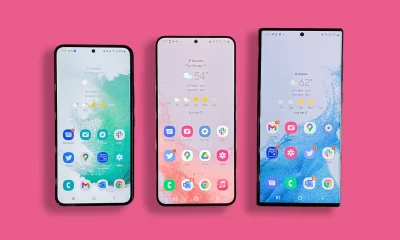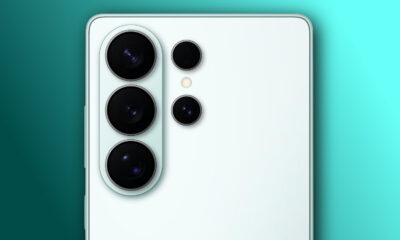Google Fi brings visual voicemail to iPhone users

Google Fi Wireless is making things easier for iPhone users by adding visual voicemail support. This feature, first mentioned in April, is now rolling out. Instead of checking voicemails in the Google Fi app, users can now manage them directly in the iPhone’s Phone app. This means you can play, share, or delete voicemail messages right from your phone’s built-in app, making the process simpler and more convenient.
Before this update, iPhone users had to rely on the Google Fi app to listen to or read voicemail transcripts. Now, the new setup eliminates the hassle of switching apps and stops duplicate notifications from both the Fi app and Phone app. As part of this change, Google Fi is removing voicemail from its iOS app.
Users are encouraged to save any existing voicemails using Google Takeout before August 13, 2025, when the voicemail tab will be discontinued. The rollout starts today, June 24, 2025, and should be fully available by July 2. After that, you can set up your voicemail greeting and manage settings directly in the Phone app.
This update follows other recent Google Fi improvements for iPhone users, like easier setup, international 5G in 92 countries, and data-only eSIMs, making the service more user-friendly for iOS fans.
Android
Google updates Chrome, Android, and Contacts app
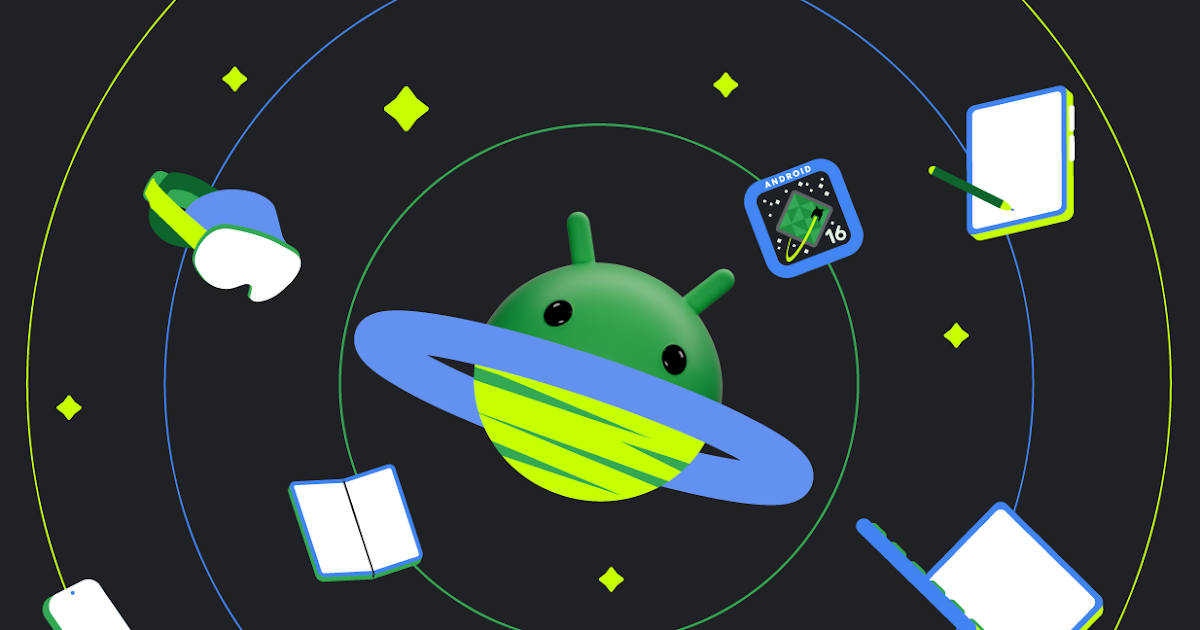
Google has rolled out fresh updates for its Chrome browser, Android system, and Contacts app, bringing new features and better performance to users. These changes aim to make your phone easier to use, safer, and more visually appealing. The Chrome browser on Android got a boost with version 139.
It now offers improved tab grouping, making it simpler to organize and switch between open tabs. A new “Copy link” shortcut fix ensures you can quickly share web pages without hassle. However, this version no longer supports Android 8.0 (Oreo) or 9.0 (Pie). If your phone runs these older systems, you’ll need to upgrade to Android 10 or higher to keep getting Chrome updates.
This change helps Google focus on newer, more secure systems, but older phones can still use Chrome 138, though without future updates. For Pixel phone users, Android 16 QPR1 Beta 3.1 is now available. This update, part of Google’s testing phase, brings the Material 3 Expressive design to Pixel devices.
It includes smoother animations, updated colors, and refreshed app icons, giving your phone a modern look. The update also fixes bugs, like issues with the Pixel Launcher and fingerprint unlocking, to improve reliability. It’s rolling out gradually to Pixel 6, 7, 8, 9, and their Pro, Fold, and Tablet models, so you might need to wait a bit to get it.
The Google Contacts app also got a makeover with the Material 3 Expressive design. It now has a cleaner layout, bolder colors, and rounded buttons, making it easier to navigate. Contact photos are bigger, and new animations add a lively feel. The update also tweaks the contact creation page for better usability.
This redesign is rolling out to Android users, with iOS support coming soon.These updates show Google’s effort to keep its apps and systems fresh, secure, and user-friendly. If you’re on a supported device, check for these updates to enjoy a smoother and more stylish experience.
Google Pixel 10 series: New battery and storage details revealed
Google’s Pixel 10 series is shaping up to be an exciting upgrade, with fresh leaks shedding light on improved battery life and storage options. The lineup, expected to launch soon, includes the Pixel 10, Pixel 10 Pro, Pixel 10 Pro XL, and Pixel 10 Pro Fold.
These devices promise better performance and durability, making them stand out in the smartphone world. The Pixel 10 is set to have a 4,700 mAh battery, a noticeable jump from the Pixel 9’s 4,575 mAh. This should mean longer usage without needing a charge.
The Pixel 10 Pro will likely come with a 4,870 mAh battery, while the Pixel 10 Pro XL boasts a 5,060 mAh battery, both offering solid improvements over their previous models. These larger batteries, combined with the new Tensor G5 chip, could make the phones more efficient, helping them last longer during daily tasks like streaming or gaming.
Charging speeds are also getting a boost. The Pixel 10 and Pixel 10 Pro are expected to support 29W wired charging, and the Pixel 10 Pro XL might reach 30W. All models will likely include 15W wireless charging with Qi2 support, which uses magnets for better alignment and faster charging.The Pixel 10 Pro Fold, Google’s foldable phone, is getting some love too.
It’s expected to have a 5,015 mAh battery, up from 4,650 mAh in the Pixel 9 Pro Fold. This could lead to better battery life, especially for users who rely on the larger inner screen. Charging speeds are also improving, with 23W wired and 15W wireless charging. On top of that, the Pixel 10 Pro Fold will likely use faster UFS 4.0 storage, which should make apps and files load quicker compared to the older UFS 3.1.
Another big win is the IP68 rating, meaning it’s dust- and water-resistant, a rare feature for foldable phones.These updates show Google’s focus on making the Pixel 10 series more powerful and reliable.
With bigger batteries, faster charging, and improved storage, these phones are ready to compete with the best in 2025. Fans of Google’s Pixel lineup have plenty to look forward to when these devices hit the market.
Google Pixel 10 series brings Qi2 charging and Pixelsnap accessories
Google’s Pixel 10 series is set to launch soon, and it’s bringing some exciting upgrades that could make other Android brands like Samsung and OnePlus take notice. The big news is that the Pixel 10, Pixel 10 Pro, Pixel 10 Pro XL, and Pixel 10 Pro Fold will all support Qi2 wireless charging. This is a step up from what most Android phones offer, as many skip the magnetic alignment feature that makes Qi2 special.
With Qi2, your phone snaps perfectly onto the charger, making wireless charging faster and more reliable, much like Apple’s MagSafe system.The Pixel 10 series will also introduce a new line of accessories called Pixelsnap. These include a basic charger, a charger with a stand, and a ring stand, all designed to work with the Qi2 magnets built into the Pixel 10 phones.
Unlike some competitors, Google is making sure the magnets are in the phones themselves, not just in special cases. This means you can use these accessories without needing extra gear, unlike the Pixel 9 series or Samsung’s Galaxy S25, which rely on cases for magnetic charging. Google’s move could push other Android makers to step up their game.
The Pixel 10 Pro Fold is also getting attention for its Qi2 support, though it’s a bit bulkier than its predecessor. Leaks suggest it weighs 258 grams and is 10.8mm thick when folded, making it heavier than other foldables like the Galaxy Z Fold 7. Still, its advanced triple camera with 20x zoom and Qi2 compatibility make it a strong contender in the foldable market.
Google’s focus on proper Qi2 support and first-party Pixelsnap accessories shows it’s trying to set a new standard for Android devices. By building magnets directly into the phones, Google is making wireless charging more convenient and user-friendly.
The Pixel 10 series is expected to launch at the Made by Google event on August 20, with shipping starting August 28. This could be a game-changer for Android fans looking for a seamless charging experience.
-
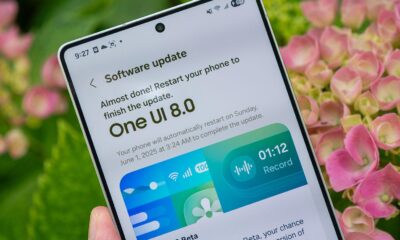
 Android2 months ago
Android2 months agoSamsung’s new One UI 8 update coming to Galaxy S24 and S23
-
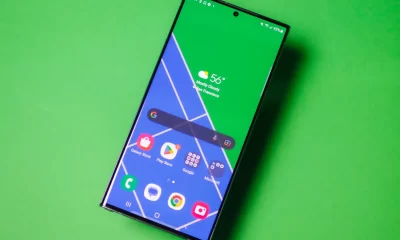
 News4 weeks ago
News4 weeks agoSamsung Galaxy S23 camera struggles after One UI 7 update
-

 Android2 months ago
Android2 months agoSamsung Galaxy S23 to see speed boost with One UI 8 update
-

 News2 months ago
News2 months agoSamsung’s new One UI 8 update brings smarter features to Galaxy phones
-

 News1 month ago
News1 month agoGalaxy S23 gets smoother animations with early One UI 8
-
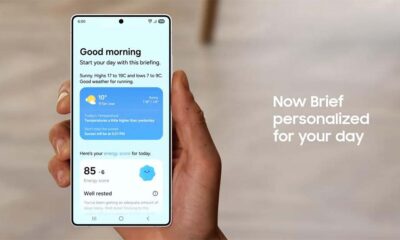
 News2 months ago
News2 months agoSamsung phones in Europe get new Now Brief feature
-
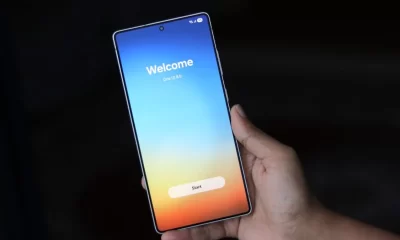
 News4 weeks ago
News4 weeks agoNew One UI 8 features for Galaxy S24 and S23 phones
-

 Android2 months ago
Android2 months agoSamsung Galaxy S25 gets stable One UI 8 update early
